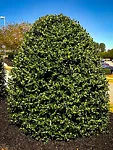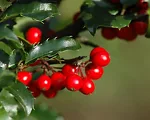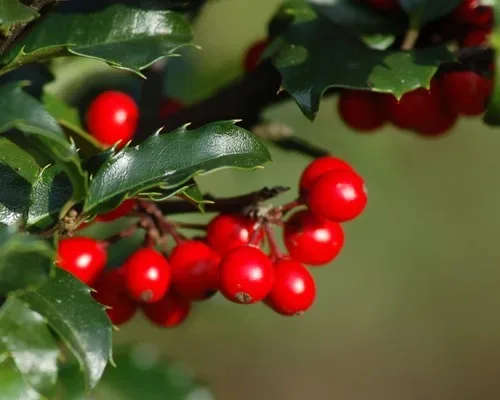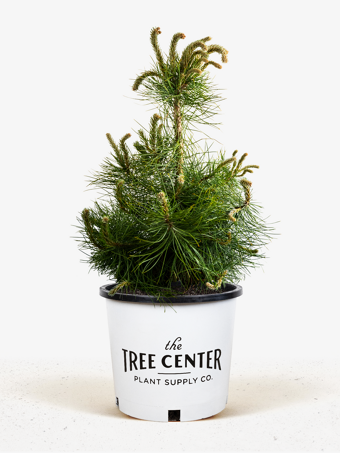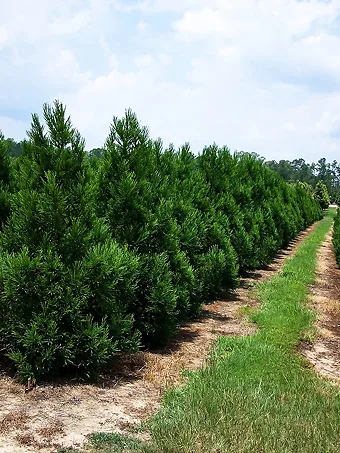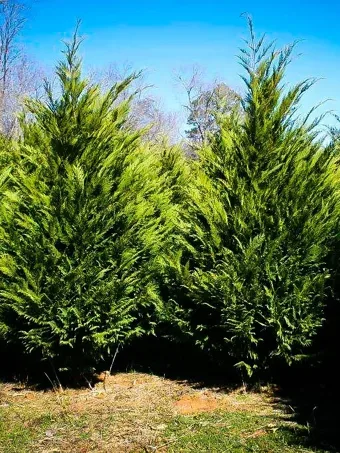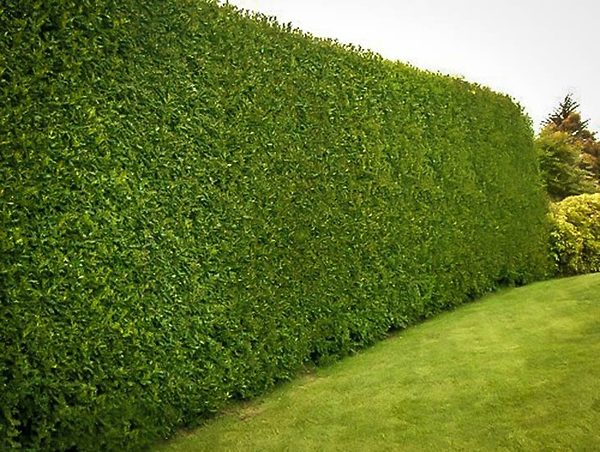
American Holly
Ilex opacaView more from Holly Trees
American Holly
Ilex opaca
30 day - ARRIVE AND THRIVE™ guaranteeLearn more


Special Features

Botanical Name
Ilex opaca
Outdoor Growing zone
6-9
Mature Height
15-20
Mature Width
12-15
Sun needs
Full Sun, Partial Sun
For a tough native evergreen with dense foliage and winter berries, the American Holly is the perfect choice. This tree will tolerate conditions that other hollies cannot handle, so it is perfect for difficult, low-maintenance sites and country areas.
- Hardy in hot regions with periods of drought
- Tolerates urban conditions, poor soil and bad drainage
- Rich evergreen leaves make a beautiful and reliable screen or specimen
- Forms a tall screen to 20 or even 30 feet high – block all unsightly views
- Beautiful red berries liven up the winter months
For screening or specimen planting in poor conditions, this tree is the ideal choice. Deer resistant and drought tolerant when established, it will thrive in full sun or partial shade, needing little or no care to give a dense and beautiful screen in urban and rural areas. Plant the American Holly as a hedge to clip, a natural screen, or as large specimen bushes on your property. Foliage is held right to the ground for many, many years, but can be pruned up for clearance too.
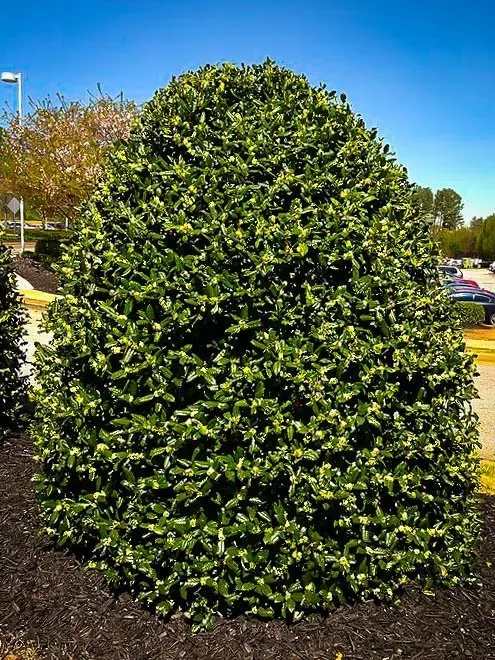
A common need in gardens is for a screening plant to give privacy or block an ugly view. The best choice for this is an evergreen that will screen all year round, and American Holly is an excellent choice for a screen. It has beautiful, dense, dark-green, pest-free foliage and although rapid growing it does not need constant trimming.
In addition to all the aforementioned benefits, it is also shade-tolerant; a rare feature in screening trees. It gives you all this, plus the added bonus of a crop of red berries to brighten the dark days of winter and decorate your house for the festive season. We sell only trees that are of the best forms and we have a wide range of sizes to give you the best plant for your purpose. However we are constantly renewing our stock so our customers get fresh, healthy plants, so supplies of this tree may be limited.
Growing American Holly Trees
American Holly will grow up to 2 feet a year, after becoming established during the first year, so a screen or hedge perhaps 20 feet tall could grow in just ten years under ideal conditions.
Soil Conditions
American Holly is tolerant of many types of soil, but does best in richer soils that are not too dry. It will however survive drought happily when well established. It will survive in hard, compacted soil and sand, loam or clay soil-types.
Pests and Diseases
It has almost no insect or disease problems, although there have been very occasional reports of scale insects. Deer will only touch this tree when desperate, as the thorny leaves make it very unattractive to them. So if you have deer in your area this is a great choice.
Pruning and Trimming
Hollies will tolerate as much pruning as you want or need to give them. If necessary it can be cut back to the bare branches and new growth will come quickly. Pruning is best done in late winter and regular, light pruning is better than occasional heavy pruning.
Hardiness
American Holly grows throughout the warmer parts of North America, from Zones 6 to Zone 9. So throughout the South, from Texas and Oklahoma to almost the tip of Florida it will do well. In all the western states and in the east from southern Pennsylvania and Massachusetts on south, this tree will be perfectly happy. Of course it will grow a little faster in the warmer zones.
Appearance of the American Holly Tree
American Holly is Ilex opaca, the most well-known and widely-grown of several American species of this beautiful group of plants. Other American species are not evergreen, such as the Winterberry (Ilex verticillata) which is often seen along rivers in winter with its bright-red berries on bare twigs. American Holly grown as a specimen can in time make a large tree reaching well over thirty feet tall. Mature trees have a broad pyramidal form, with a short trunk or often with the branches reaching right down to the ground, but lower branches can easily be pruned away to give more headroom underneath if needed.
Flowers
The flowers are produced in spring, and are white but inconspicuous, so they may not even be noticed. In fall clusters of red berries are produced, which, since they are not quickly eaten by birds, will last most of the winter. These can of course be cut for decoration and this pruning will help keep the tree dense and neat. To ensure good berry production some of the trees planted should be males, as Holly has separate male and female plants. One or two males can pollinate several female trees.
Planting Your American Holly Trees
Trees grown from seed give plants that are different may vary in appearance and vigor. Our trees are grown the correct way, from branch cuttings. That way every tree is identical to the original and produces a very uniform effect when grown in groups. However this takes longer, so avoid cheaper, seedling trees that will only be a disappointment.
Planting American Hollies as a Screen
For a quick screen plant American Holly 4 feet apart, or with the root-balls touching, but if you have more time to wait, trees planted 8 feet apart will join up in time. The area you are going to plant in should be dug a foot deep, or even more if you can manage it. Add any kind of organic material – rotted manure, compost, rotted leaves or peat moss will all help develop a good root system that will give you the best growth possible.
Some bone-meal or superphosphate worked in is also helpful, but is an ‘extra’ in most soil. For screening it is best to dig a long trench which also is easier to plant into, rather than digging individual holes. Before filling the planting hole completely, add lots of water. When it has drained away firm around the trees, put back the last of the soil and level off.
Planting Location and Sun Exposure
This plant is more tolerant of shade than most other screening plants, but growth will be faster and denser in full sun or at least a few hours of sun a day during the growing season. Because it is shade-tolerant it will do well under mature trees that you may already have on your property. When those trees lose their leaves American Holly will stand out and be beautiful all winter long, with its glossy evergreen leaves and berries. Once established the care required is minimal. During the first season water well once a week, but after that water is rarely or never needed. A general fertilizer in spring can be helpful if your soil is poor.

